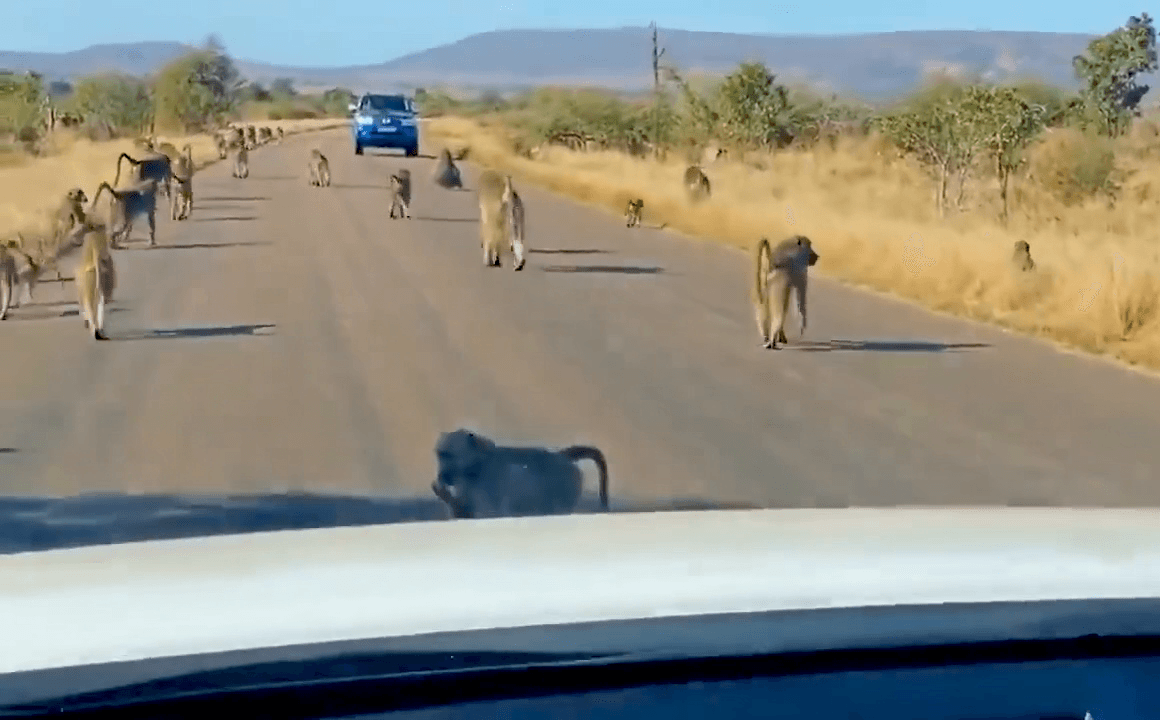
Mercedes G68 SCHIWY 4×4 Review — Limited Edition Off-Road SUV Inspired by SCHIWY Waffen Ś.W.68 Rifle The Mercedes SCHIWY G68 4×4, developed by Slovak tuning house PETERSPORT, is a one-of-a-kind luxury off-road vehicle created to celebrate the 100th anniversary of SCHIWY Waffen, a legendary German manufacturer of handcrafted sporting rifles. This ultra-limited edition SUV — only 7 units worldwide — merges the brute force of a Mercedes-Benz G-Class with the elegance and precision of SCHIWY’s iconic Ś.W.68 rifle. Unveiled at ADIHEX 2025 (Abu Dhabi International Hunting and Equestrian Exhibition), the G68 is not just a vehicle — it’s a rolling tribute to craftsmanship, heritage, and elite adventure. --- 🔧 Who Built the SCHIWY G68? • Base Vehicle: Mercedes-Benz G-Class (likely G63 AMG platform) • Tuning & Engineering: PETERSPORT — known for high-end builds across BMW, Porsche, and Mercedes-Benz platforms • Concept Partner: SCHIWY Waffen — German luxury firearms manufacturer, famous for engraved rifles and bespoke hunting weapons Each G68 is custom-built to visually and thematically match the buyer’s personal SCHIWY rifle, including a dedicated gun safe in the trunk. --- ⚙️ Mercedes G68 SCHIWY Specifications • Engine: V8, 4.0L twin-turbocharged • Power Output: Configurable from 600PS to 800PS • Cooling System:• Performance intercooler (+73% air volume) • Upgraded radiator (+48% water volume) • Exhaust:• Sport DownPipe Kit • Stainless steel silencers with matte black 6x70x135mm end-pipes • Transmission: Full-time 4×4 with off-road tuning • Suspension: Custom-tuned for desert, trail, and expedition use • Wheels:• 12.5x24” Custom BlackMatt wheels with gloss lips • TOYO Open Country R/T tires (37-12.5x24”) --- 🎨 Exterior and Interior Design Exterior Highlights: • Full carbon fiber aero kit • Handmade carbon hood with SCHIWY engraving • Rear carbon diffuser • LED daylights integrated into front spoiler • Gold Stripes Livery: “100 Years Anniversary – Limited Edition” • Protected by premium PPF film • Electric retractable steps with LED lighting Interior Features: • Fully soundproofed and insulated cabin • High-end audio system:• Focal Beryllium, Focal Utopia BE, Helix Impact K-series • Goldhorn digital processor • Output: 1,940+ Watts • Custom gun safe in trunk — tailored to SCHIWY rifle dimensions • Luxury leather and Alcantara upholstery (customizable) --- 🏹 Purpose and Audience This vehicle is designed for: • Luxury hunters who want a vehicle that complements their firearm collection • Collectors of rare, bespoke automotive builds • VIP clients attending exhibitions like ADIHEX or IWA OutdoorClassics • Off-road enthusiasts seeking performance without sacrificing elegance Each unit is personalized to match the buyer’s SCHIWY rifle — from color palette to interior detailing. --- 💵 Price and Availability • Production Run: Only 7 units worldwide • Estimated Price: From €500,000 to €750,000, depending on configuration and personalization • Availability: By private commission through PETERSPORT; showcased at ADIHEX 2025 Due to its exclusivity, each G68 is built to order and may take several months to complete. --- ✅ Pros and Cons Pros: • Ultra-limited edition — true collector’s item • Brutal off-road capability with luxury refinement • Seamless integration of firearm heritage • High-end audio and interior customization • Personalized to match SCHIWY rifle aesthetics Cons: • Extremely limited availability • High price point • Not intended for mass-market or daily urban driving 🏁 Final Verdict The Mercedes G68 SCHIWY 4×4 isn’t just a tribute to automotive engineering — it’s a rolling embodiment of SCHIWY Waffen’s century-long legacy in precision firearms. Every detail, from the carbon fiber hood engraved with the SCHIWY crest to the integrated gun safe tailored for the Ś.W.68 rifle, reflects the brand’s commitment to craftsmanship and elite personalization. This vehicle was designed not merely to perform, but to resonate with the values of tradition, exclusivity, and tactical elegance. What sets the G68 apart from other luxury SUVs is its philosophy of fusion — blending the raw power of a twin-turbo V8 with the refined artistry of European gunmaking. It’s not built for mass production or urban commuting; it’s built for collectors, hunters, and connoisseurs who demand that their vehicle be as bespoke and storied as the rifle it carries. From the desert dunes of Abu Dhabi to alpine hunting lodges in Austria, the G68 is a statement of identity, not just mobility. The Mercedes G68 SCHIWY 4×4 is a masterwork of engineering and artistry. Built to honor a century of SCHIWY Waffen excellence, it’s more than a vehicle — it’s a symbol of elite adventure, precision, and personal legacy. Whether you’re navigating desert dunes or showcasing it at a luxury hunting lodge, the G68 commands attention and respect.
Post: 14 September 10:38














































